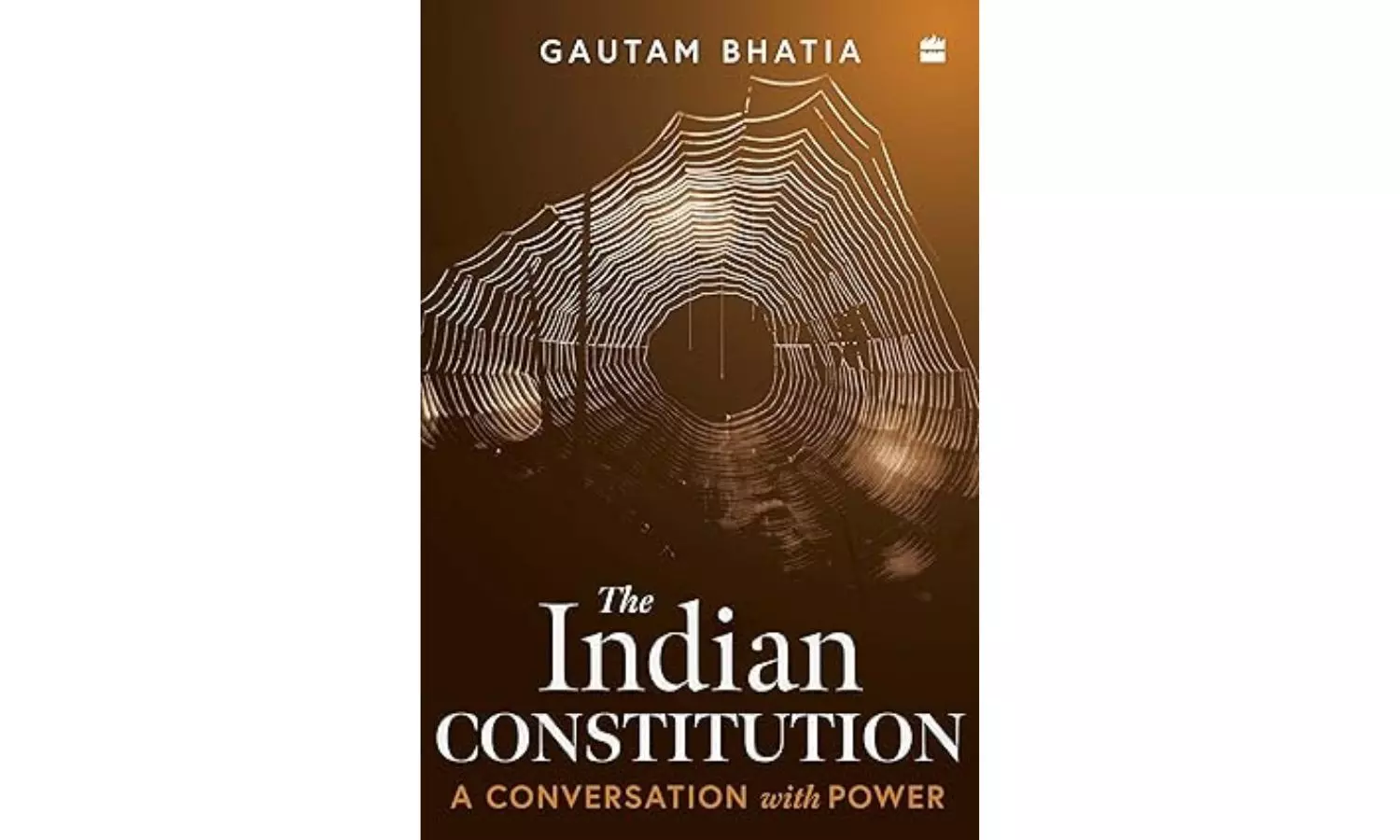Nayanatara Roy | Re-imagining Indian federalism
Yet we retained Preventive Detention in our Constitution. Today we have a situation in which the Supreme Court has ruled in Vijay Madanlal Choudhry that the ED has the power to arrest without revealing the reasons for arrest to the accused

Says Bhatia, “Traditionally, the (uncodified) common law of England evolved numerous safeguards, incrementally and over time, against abuse of State power.” While some of these safeguards were added into the British-made criminal codes, many were not as, quoting the lieutenant governor of Bengal in the 1800s, “the purpose of criminal law in India unlike in Britain was not ‘securing the liberties of the people’ and for that reason, various ‘English prejudices’ (such as for example the right against self-incrimination) need to be ‘cleared away’”.
Yet we retained Preventive Detention in our Constitution. Today we have a situation in which the Supreme Court has ruled in Vijay Madanlal Choudhry that the ED has the power to arrest without revealing the reasons for arrest to the accused. The rationale for this dates back to the 1968 judgment in Romesh Chandra Mehta vs State of West Bengal in which the Supreme Court ruled that Mehta’s confession to the customs officer in a smuggling case was admissible as evidence on the ground that a customs officer is not a police officer (while confessions to police are inadmissible because they embody the State’s coercive power).
Assymetric federalism “imagines a heterogenous and plural federal structure, where different constituent units of the federation enjoy varying degrees and forms of power, autonomy and relationships with the central authority”. Such a concept is understanding of why, when India entered into a contract with the ruler of Kashmir, a different treatment of Kashmir was possible. Even Article 371 has provisions for different treatment for nine other states including Gujarat in order to maintain features particular to those states. Over time, though, judgments such as Sampat Prakash vs State of Jammu and Kashmir and Md Iqbal Damnoo vs State of Jammu and Kashmir have chipped away at a heterogenous concept of federalism.
Sampat Prakash and Damnoo were among a group of government employees and teachers who went on strike and were arrested under preventive detention laws in Kashmir which they challenged. In Sampat Prakash the legality of the preventive detention law was upheld. In Damnoo the position of the erstwhile Sadar-i-Riyasat who was an elected leader was equated with that of the governor.
This ground-breaking work on the Constitution is about the choices made in its making and in its interpretation by the judiciary over the years.
In many cases such as State of West Bengal vs Union of India the author shows us how if the minority judgment had been followed by the majority, the “centralising drift” in favour of the executive and viewing “integration as homogeneity” might not be so much the flavour of the day. Tribal leader Jaipal Munda, when objecting to the text of Schedule V when the Constitution was being framed, said that “this plan is not for unity but for uniformity”.
Bhatia discusses the role of independent non-elected institutions such as the Election Commission and the commissioners under the RTI and how they have been weakened rather than being strengthened, some of it done via judicial decisions. He provides thought-provoking alternatives from countries with newer Constitutions like Kenya and South Africa. Pertinently, in 2024 when we went into a general election, the election commissioners had been selected by a three-person committee out of which two were members of the political executive. Bhatia also talks of public participation in lawmaking.
It’s a re-imagining of power that is needed. And that’s not something new. All these ideas were variously present in alternate Constitution models. It’s an “inflexion point” for our courts and our polity. A time to make better choices.
Nayantara Roy is a lawyer practising in Delhi
The Indian Constitution: A Conversation with Power
Gautam Bhatia
HarperCollins
pp. 300; Rs 599
